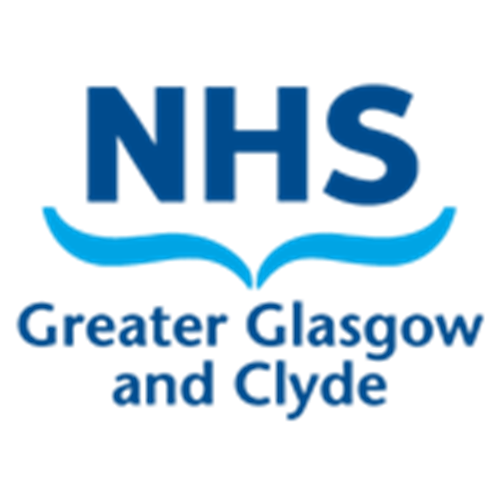For the purposes of this guideline the following definitions apply:
Small for gestational age (SGA): Estimated fetal weight (EFW) or abdominal circumference (AC) <10th centile
Fetal growth restriction (FGR): Where a fetus fails to reach its growth potential as adapted from the Delphi consensus:
|
Early Onset FGR <32wks |
Late onset FGR ≥32wks |
|
EFW or AC <3rd centile Or Absent umbilical artery end diastolic flow (EDF) Or EFW/AC <10th centile with at least one of:
|
EFW <3rd centile Or At least two of the following:
|
This guideline does not apply to multiple pregnancies or babies with congenital abnormalities.
Estimated fetal weight should be used after 22+0wks as plotted on the Intergrowth chart on Badgernet. Prior to 22+0wks abdominal circumference should be used.

